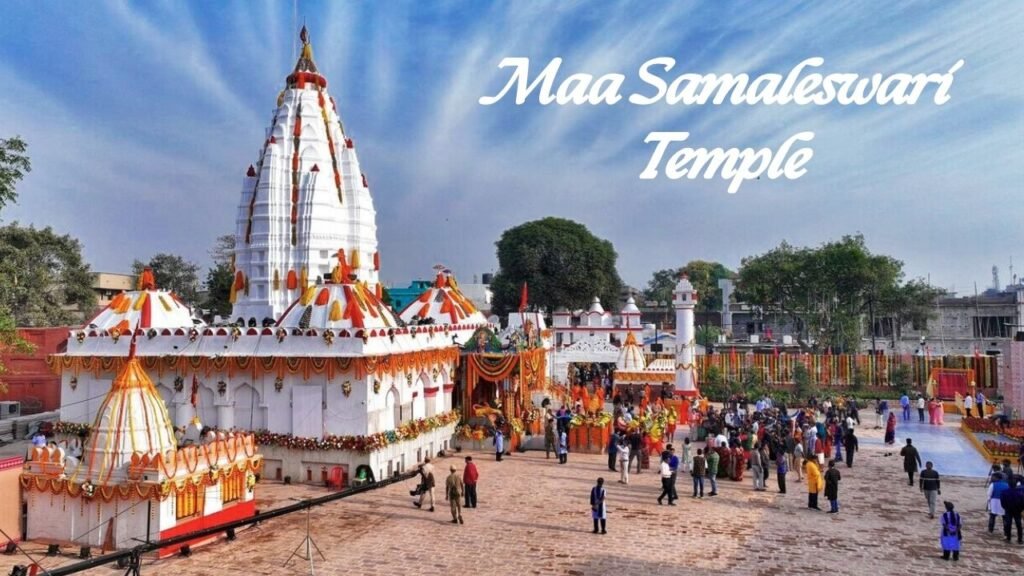Blog
Lingaraj Temple, Bhubaneswar – History, Architecture & Spiritual Significance

🕉️ Introduction
The Lingaraj Temple, Bhubaneswar, is the largest and most famous temple in Odisha. Built in the 11th century, it is dedicated to Lord Shiva and reflects the glory of Kalinga architecture. Known as the “Temple City of India”, Bhubaneswar attracts millions of devotees and tourists, with Lingaraj Temple as its crown jewel.
🏛️ History of Lingaraj Temple
- Built during the Somavamsi dynasty (7th century) and completed under King Jajati Keshari in the 11th century.
- Represents the fusion of Shaivism and Vaishnavism through the presiding deity Harihara (Lord Shiva + Lord Vishnu).
- Mentioned in ancient texts like the Brahma Purana.
🏗️ Architectural Features
- Height: 180 feet | Material: Red sandstone
- Four main sections:
- Vimana (Sanctum) – houses the Swayambhu Lingam.
- Jagamohana (Assembly Hall) – for gatherings.
- Natamandira (Festival Hall) – for cultural events.
- Bhoga Mandapa (Hall of Offerings) – for rituals and offerings.
- Carvings on the walls depict mythological stories, animals, and floral patterns, showcasing Odisha’s finest craftsmanship.
🙏 Spiritual Significance
- The temple houses a Swayambhu Shivling, considered self-manifested.
- Maha Shivaratri is the grandest festival, celebrated with lakhs of devotees.
- The nearby Bindusagar Lake is believed to purify devotees before darshan.
- It is one of the holiest places for Shaivite pilgrims in India.
🧭 Why Visit Lingaraj Temple?
- To admire ancient Kalinga architecture.
- To experience spiritual peace and devotion.
- To witness grand festivals and rituals.
- To explore Bhubaneswar – the Temple City of India.
📌 Conclusion
The Lingaraj Temple, Bhubaneswar, is not just a religious shrine but also a living heritage of Odisha’s culture and devotion. With its stunning architecture, spiritual energy, and rich history, it remains a must-visit destination for every traveler and devotee.

